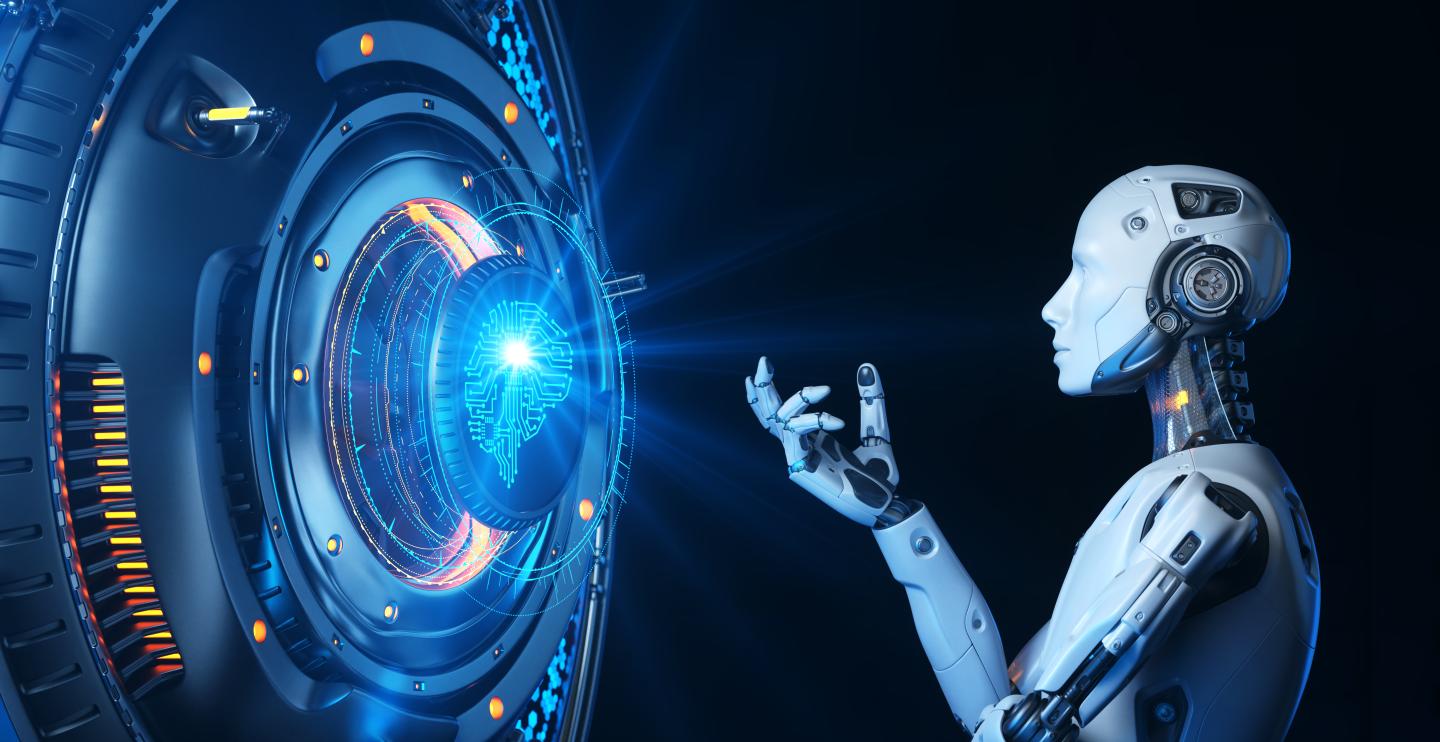 The rise of AI technology has sparked conversations in boardrooms and trade conferences about the future of the workforce. Many executives are eager to replace human employees with AI bots to reduce costs and improve efficiency. However, it is important to consider the potential consequences of such a move.
The rise of AI technology has sparked conversations in boardrooms and trade conferences about the future of the workforce. Many executives are eager to replace human employees with AI bots to reduce costs and improve efficiency. However, it is important to consider the potential consequences of such a move.
While it is true that AI can automate a significant portion of a CEO’s tasks, there are aspects of leadership that cannot be replicated by AI. CEOs play a crucial role in providing empathy, accountability, vision, and inspiration to their teams. Therefore, instead of replacing employees with AI, CEOs should focus on augmenting their workforce.
One way to do this is by reducing workloads and work weeks. Burnout is a growing concern that negatively impacts productivity and employee retention. By using AI tools as co-pilots rather than replacements, employees can reclaim time in their day for personal and professional development. It is important to resist the temptation to fully automate tasks and maintain a pipeline of junior employees to develop competent senior employees.
Another strategy is to refocus responsibilities. With AI taking over mundane and repetitive tasks, employees can focus on more creative and human-centric work. Leaders can reshape job descriptions and organizational structures to prioritize strategic and relationship-oriented tasks that AI cannot perform as well as humans. Additionally, AI can be used to identify important soft skills for specific roles, helping companies hire and nurture the right people.
Maintaining competitive compensation is also crucial. While AI can lead to operational savings, it should not come at the expense of the team. Leveraging AI to benchmark compensation can help companies build more competitive packages. Combined with manageable workloads and increased time off, this can improve hiring, retention, productivity, and performance. Companies should also consider non-tangible compensation factors like work flexibility and a healthy work environment.
Ultimately, the goal should be to make employees more valuable and improve their lives with the help of AI. Leadership is a key aspect that cannot be replaced by AI, and CEOs should prioritize the well-being and development of their teams. However, this approach may not be widely adopted due to market pressures and the prioritization of shareholder value. Government regulations and guidelines may be necessary to ensure that AI is used to improve lives rather than replace humans.
In conclusion, the race to replace human employees with AI should be reconsidered. Instead, the focus should be on how AI can augment employees and make them more productive while improving their lives. By striking a balance between AI and human capabilities, companies can create a more valuable workforce and a better work culture.

